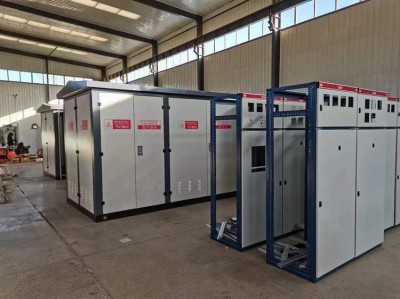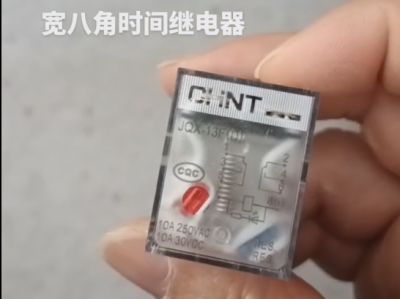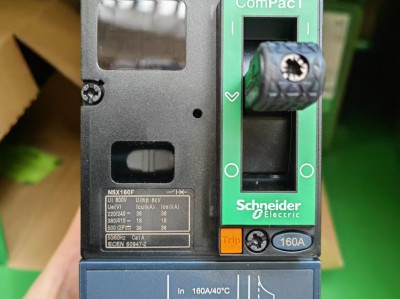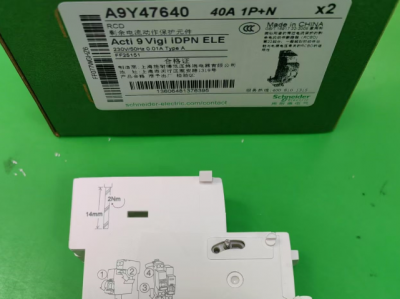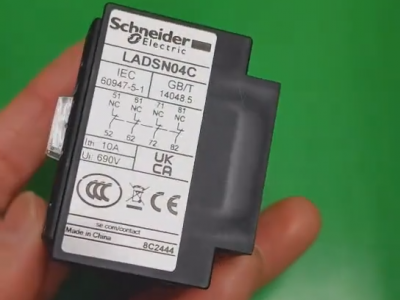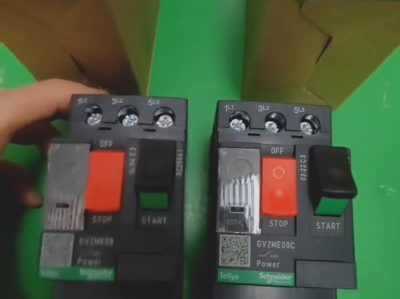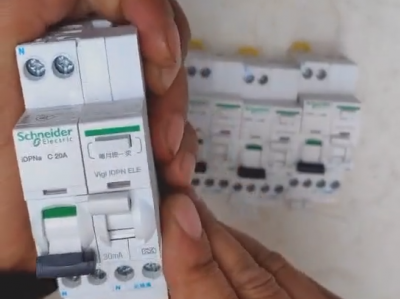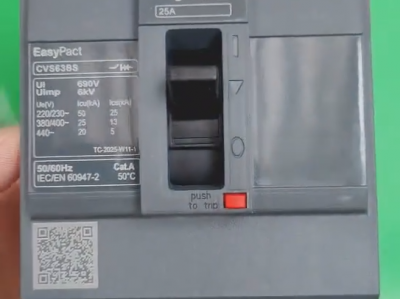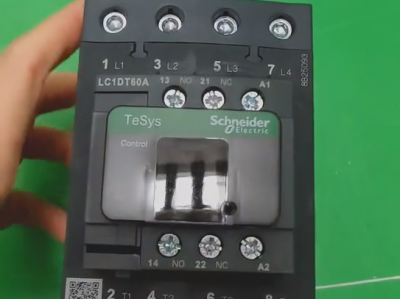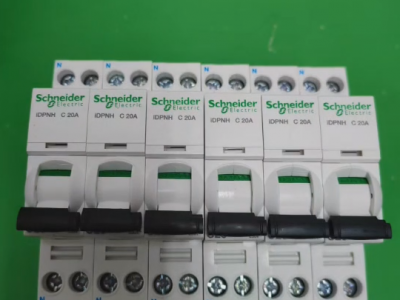Chint molded case circuit breaker NXM-63S/3300 50A
Product description
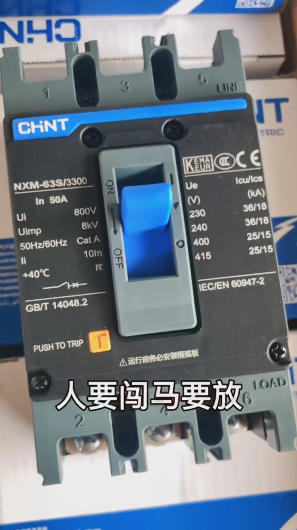 The Chint molded case circuit breaker NXM-63S/3300 50A has the following characteristics and relevant information:
The Chint molded case circuit breaker NXM-63S/3300 50A has the following characteristics and relevant information:
- **Model Interpretation*CHINT Travel Switch YBLX-10/12*:
- "NXM" is the model identifier for Chint's Kunlun series molded case circuit breakers.
- "63" indicates the frame current of the circuit breaker is 63A, meaning the maximum current specification that the circuit breaker housing can withstand. Chint circuit breaker NXB63-2P-C1A
- "S" represents the breaking capacity level. Different letters correspond to different breaking capacities, and "S" here has specific breaking capacity indicators (specific numerical values should be referenced in the product manual; generally, the S level in this series has corresponding standard breaking capacity values, such as reliably interrupting a specific short-circuit current at a certain voltage).
- In "3300", the first "3" indicates the number of poles is 3; the second "3" indicates the trip type is thermal-magnetic trip, with overload long-delay and short-circuit instantaneous protection functions; "00" indicates no accessories (other numerical or letter combinations would indicate different accessory configurations, such as shunt trip, undervoltage trip, etc.).
- "50A" is the rated current of the circuit breaker, meaning it can long-term carry 50A current during normal operation.
- **Main Functions*CHNT NL1E - 63A circuit breaker *:
- Overload protection: When the current in the circuit exceeds the rated current of 50A and remains so for a certain time (determined by the overload long-delay characteristics), the circuit breaker will automatically trip to cut off the circuit, protecting electrical equipment from damage due to overload.
- Short-circuit protection: When a short-circuit fault occurs in the circuit and the current instantaneously increases significantly to reach the short-circuit instantaneous action value, the circuit breaker can quickly trip to cut off the short-circuit current, preventing the fault from expanding and protecting the circuit and equipment from the impact of short-circuit current.
- **Application Scenarios**: Suitable for power distribution networks with alternating current of 50Hz or 60Hz and rated voltage up to 690V and below, used for overload and short-circuit protection of circuits. It can also be used for infrequent switching on and off of circuits and infrequent starting protection of motors. For example, it is applied in distribution boxes of industrial plants, power distribution systems of commercial buildings, main distribution boxes of residential homes, etc., to protect circuits and electrical equipment.
- **Price Information**: The price varies depending on factors such as purchase quantity and sales channel. For single-unit purchases, please contact WhatsApp: 86-13811255435.
- **Place of Origin**: Wenzhou City, Zhejiang Province, China.
The differences between Chint molded case circuit breakers NXM-63S/3300 50A and NM1-63S/3300 50A are as follows:
- **Rated Voltage**:
- The NXM-63 type has a rated insulation voltage of 500V and is suitable for alternating current at 50Hz with a rated operating voltage up to 690V.
- The NM1-63 type has a rated insulation voltage of 500V and a rated operating voltage up to 400V (the overall rated insulation voltage of the NM1 series is up to 800V, but the 63-type is specially set to 500V for insulation voltage and 400V for operating voltage).
- **Product Series and Design**:
- The NXM series is a newer product line, possibly with updates and optimizations in design and technology. For example, its arc barrier has been changed from a "right-angle shape" to an "arc shape" (mix of old and new versions may be shipped).
- The NM1 series is one of Chint's new circuit breakers designed and developed by comprehensively adopting international advanced technologies, but it may belong to an earlier-developed series compared to the NXM series.
- **Performance Details such as Breaking Capacity**: Although both models use "S" to indicate the breaking capacity level, the specific breaking capacity values may differ between series (detailed product technical manuals should be consulted for confirmation; generally, different series have different design standards for breaking capacity at the same current level).
In summary, the two share similarities in basic functions (overload and short-circuit protection, etc.) and main parameters (e.g., frame current 63A, rated current 50A, 3 poles, thermal-magnetic trip, etc.), but differ in rated voltage, product series characteristics, and possible performance details. In practical applications, the selection can be based on specific circuit voltage requirements, preferences for product series characteristics, and project needs.

